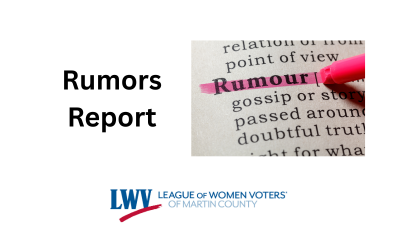PROTECT MONARCH BUTTERFLIES
PLANT NATIVE FLORIDA PLANTS TO PROTECT MONARCH BUTTERFLIES

Asclepius tuberosa, commonly known as butterfly weed, stands out as one of Florida’s native milkweeds. This bushy perennial, reaching heights of 1.5 to 2 feet, is celebrated for its vibrant, flat-topped clusters of bright orange flowers. The leaves, typically arranged alternately, measure 1-2 inches long, featuring pointed tips and smooth edges. The clusters of yellow-orange to bright orange blooms, spanning 2-5 inches in width, adorn the flowering stem, which is subtly hairy. These attributes make butterfly weed a popular choice in nurseries across the state. Thriving as a perennial in USDA Hardiness zones 3-10a, it produces its striking orange or yellow flowers from late summer to early fall.
Other native milkweed species include Asclepias amplexicaulis (clasping milkweed), Asclepias cinerea (Carolina milkweed), Asclepias connivens (largeflower milkweed), Asclepias curtissii (Curtiss’ milkweed), Asclepias feayi (Florida milkweed), Asclepias humistrata (pinewoods milkweed), Asclepias incarnata (swamp milkweed), Asclepias lanceolata (flower milkweed), Asclepias michauxii (Michaux’s milkweed), Asclepias obovata (pineland milkweed), Asclepias pedicellata (savannah milkweed), Asclepias perennis (swamp milkweed), Asclepias rubra (red milkweed), Asclepias tomentosa (velvetleaf milkweed), Asclepias variegata (redring milkweed), Asclepias verticillata (whorled milkweed), Asclepias viridiflora (green milkweed), Asclepias viridis (green antelopehorn), and Asclepias viridula (southern milkweed).
NON-NATIVE MILKWEED
Many experts advise against the use of tropical and non-native milkweed (Asclepias curassavica), which is commonly cultivated in Florida. This species features clusters of orange, yellow, and red tubular flowers and can grow to a height of 2–4 feet and a width of 1–2 feet. Its leaves are oppositely arranged, ending in acute tips, and it possesses smooth, upright stems. Notably, it exudes a milky sap and serves as a larval host for Monarch, Queen, and Soldier butterflies.
Negatives of Non-Native Milkweed:
A. It does not die back in the southern climate and is susceptible to a parasite. The parasite Ophryocystis elektroscirrha (OE) can lead to deformities, smaller size, mating impairments, and reduced flight endurance in monarchs.
B. In the long term, it poses a threat to ecosystems, even if cut back to 3 inches in the fall after its leaves have been consumed, in an attempt to mimic winter die-back and curb OE parasite spread. OE accumulates in tropical milkweed plants over time, becoming increasingly detrimental to monarchs.
C. Additionally, tropical milkweed can mislead monarchs into breeding when they should be preparing for migration.



